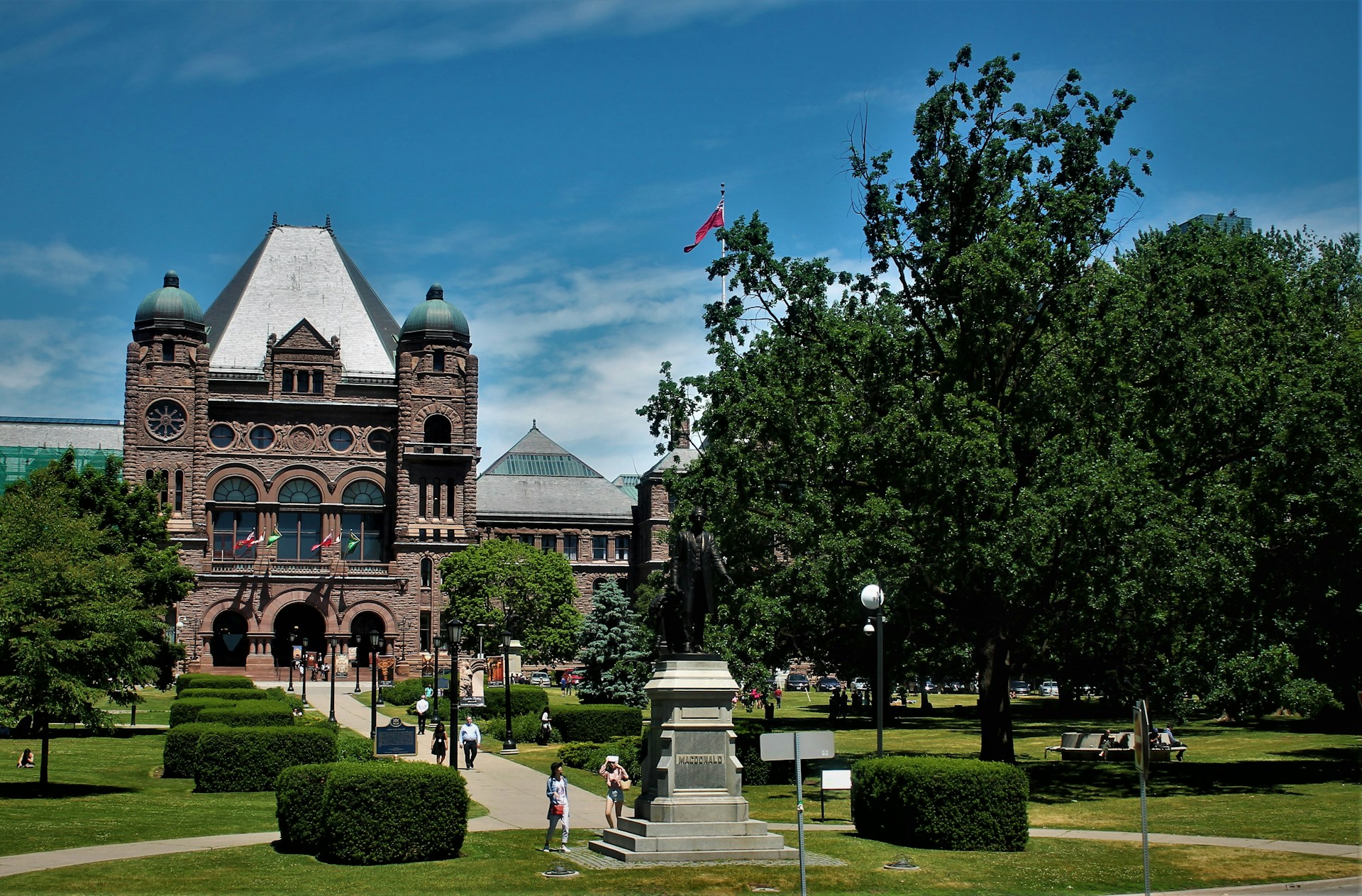Mondaq, June 14 2018, Written by Stefanie Di Francesco
Depending on your nationality, you may soon be required to give your biometrics (photograph and fingerprints) to the Government of Canada as part of your application for a visitor visa, work or study permit, permanent residence, or refugee or asylum status.
Beginning July 31, 2018, applicants from Europe, the Middle East and Africa will be required to provide biometrics. Then, on December 31, 2018, the requirement will be expanded to applicants from Asia, Asia Pacific, and the Americas. Applicants will only need to give their biometrics once every 10 years.
Exempt from this new requirement are Canadian citizens, existing permanent residents, children under the age of 14, applicants over the age of 79, and visa-exempt nationals entering Canada as tourists who are eTA holders. Also, those applying for a visa, study or work permit, or permanent residence from within Canada are temporarily exempt until in-Canada service centres are established in 2019.
Applicants who require biometrics will be required to attend an official biometrics collection service location in person. Applicants who submit an application from outside Canada will attend one of the Application Support Centres across the United States or a Visa Application Centre. Applicants who submit an application at a port of entry (land border or airport) will have their biometrics taken at the port of entry. A fee of $85 per person or $170 per family will be charged at the time the biometrics are taken.
The biometrics will be used to verify that the person entering Canada is the same person who was approved for travel to Canada. At major Canadian airports, traveler fingerprints will be checked automatically at a primary inspection kiosk. The system will check the traveler’s identity against the information collected when the traveler’s application was submitted. At smaller airports and all land ports of entry, traveler fingerprints may be checked if the traveler is referred to a secondary inspection where a Canada Border Service Agency officer will use a fingerprint verification device to check the traveler’s fingerprints.






